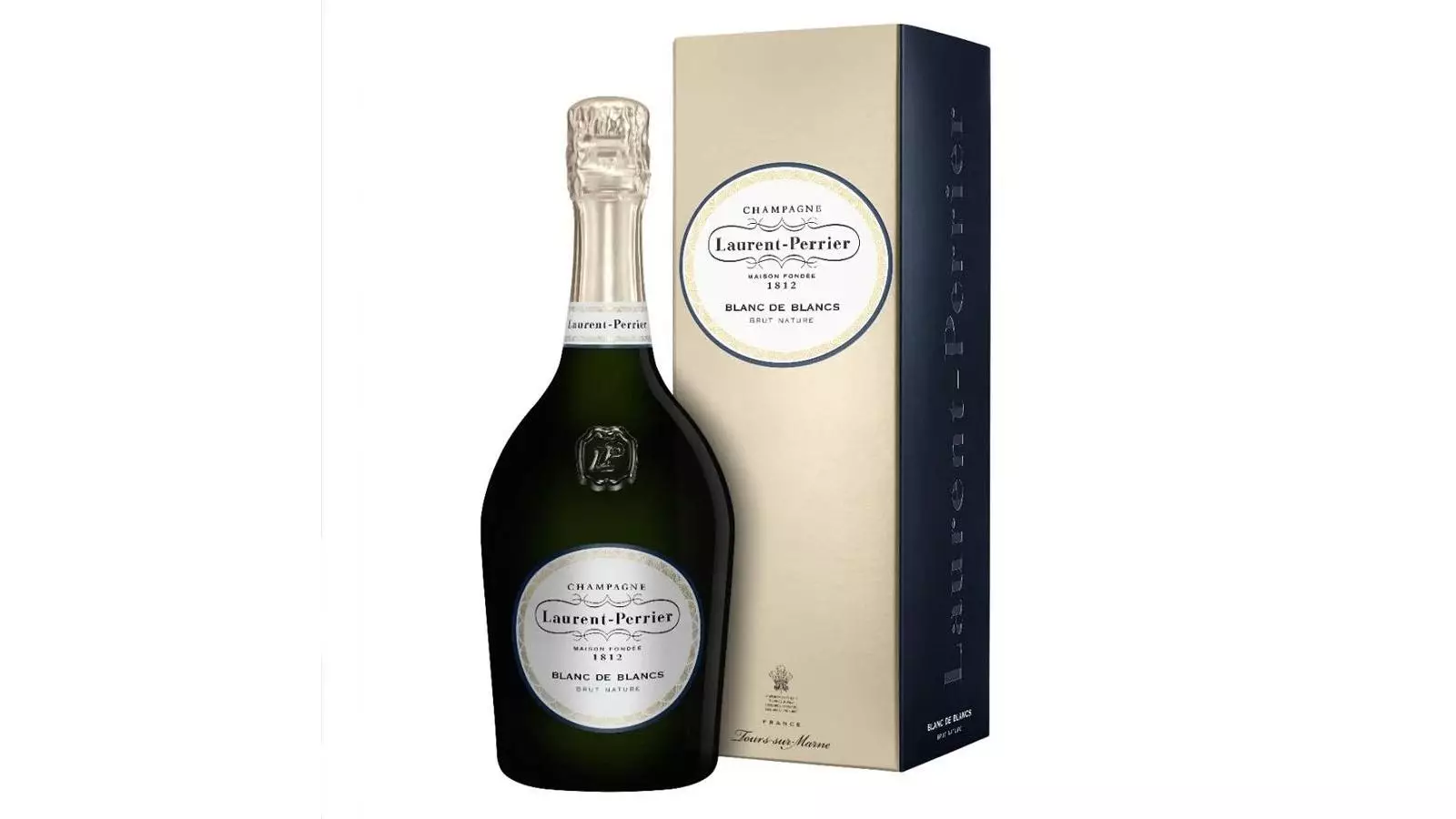Champagne has transcended its role as merely a celebratory drink to become a symbol of sophistication and artistry in the world of fine wines. With its origins rooted deeply in the Champagne region of France, this effervescent beverage encapsulates a blend of historical significance, culinary versatility, and an evolving tradition that captivates enthusiasts around the globe. In this exploration, we will analyze the allure of champagne, its production nuances, and notable varieties that have emerged in recent years, affirming its place beyond special occasions.
Situated in northeastern France, approximately 90 miles from Paris, the Champagne region is renowned for its distinct terroir, characterized by a cool climate and chalky soil that provide ideal conditions for grape cultivation. The region is segmented into five main areas: Montagne de Reims, Vallée de la Marne, Côte des Blancs, Côte de Sézanne, and the Aube, each contributing its own unique attributes to the wine produced. The key grape varieties—Chardonnay, Pinot Noir, and Pinot Meunier—play a foundational role in establishing the intricate flavors and textures that define true champagne.
Teeming with centuries of winemaking expertise, this region not only sets the standard for sparkling wine production but also illustrates the commitment of its producers to innovation and excellence.
The recent surge in interest among discerning drinkers has led to a renaissance in champagne production. A new wave of champagne houses and producers is stepping into the limelight, not merely replicating old techniques but experimenting with avant-garde methods that reflect contemporary palates. For instance, the embrace of zero-dosage styles, which forgo added sugar, has gained traction. These expressions are lauded for their purity and boldness, allowing the authentic flavors of the grapes to shine uninhibited.
Crafting rosés with a refined balance of fruit and finesse has also emerged as an exciting trend in the champagne world. Unlike traditional perceptions of champagne being reserved solely for luxury banquets or milestone events, new interpretations champion the enjoyment of champagne during everyday moments. Such democratization of champagne drinking is reshaping its identity, positioning it as an ideal companion for not only formal dinners but also casual fare, even street food.
One of champagne’s most compelling characteristics is its culinary adaptability. Given its vibrant acidity and multifaceted flavor profile, this sparkling wine can elevate a variety of dishes. Whether it’s pairing with delicate seafood, enhancing the taste of succulent white meats, or complementing rich buttery sauces, champagne has proven time and again its versatility.
Every occasion—from celebratory milestones to tranquil evenings at home—provides an opportunity to savor a glass. Some may argue that sipping champagne is best reserved for special celebrations; however, I firmly believe that its inherent elegance elevates any dining experience, making it an enriching choice for any meal.
Understanding how to store champagne is essential to maintain its quality. Once opened, champagne is best consumed within a few days to preserve its effervescence, especially when using a high-quality stopper. Conversely, an unopened bottle can flourish in a cool, dark place for up to 15 years, allowing the intricate flavors to develop further.
Several champagne producers are leading the charge in redefining what we can expect from this extraordinary wine. Laurent-Perrier, for instance, has been a cornerstone of Chardonnay vinification and presents a mindfully crafted “sans dosage” champagne that tantalizes the palate with its citrus notes and mineral undertones. This style is particularly well-suited for gastronomical pairings, especially with refined seafood.
Another noteworthy offering is Idris Elba’s Petite Porte Noire Brut NV, a collaborative effort with Champagne Sanger. This blend of the three primary grape varieties stands out for its fresh character and subtle white fruit essence, making it a favored choice among those who appreciate a hint of celebrity allure.
Piper-Heidsieck’s Rare Champagne Millésime Brut 2008 deserves recognition for its artistic complexity, composed of a harmonious blend from Grand Cru vineyards. Aromatic hints of peach and fresh-baked pastries create a dazzling profile that speaks to its supreme recognition at prestigious competitions.
Moreover, Billecart-Salmon’s Brut Rosé continues to charm palates everywhere with its mix of red fruit and brioche notes—ideal for summertime sips or enhancing lighter dishes. Finally, Maison Bruno Paillard’s Blanc de Blancs 2014 stands as a testament to the versatility of Chardonnay, marrying richness and refreshing minerality effortlessly.
Champagne has evolved beyond its traditional role as a beverage for toasting life’s milestones. With the recent resurgence in interest and innovation among producers, champagne is now embraced for everyday enjoyment, showcasing remarkable versatility, culinary compatibility, and a continuous artistic evolution. As we celebrate and savor this unique drink, let’s remind ourselves that each pour is an opportunity to indulge in elegance—no special occasion required. Whether enjoyed on its own or paired with delectable foods, champagne has cemented its status as a truly universal wine, making all moments worthy of a toast.

